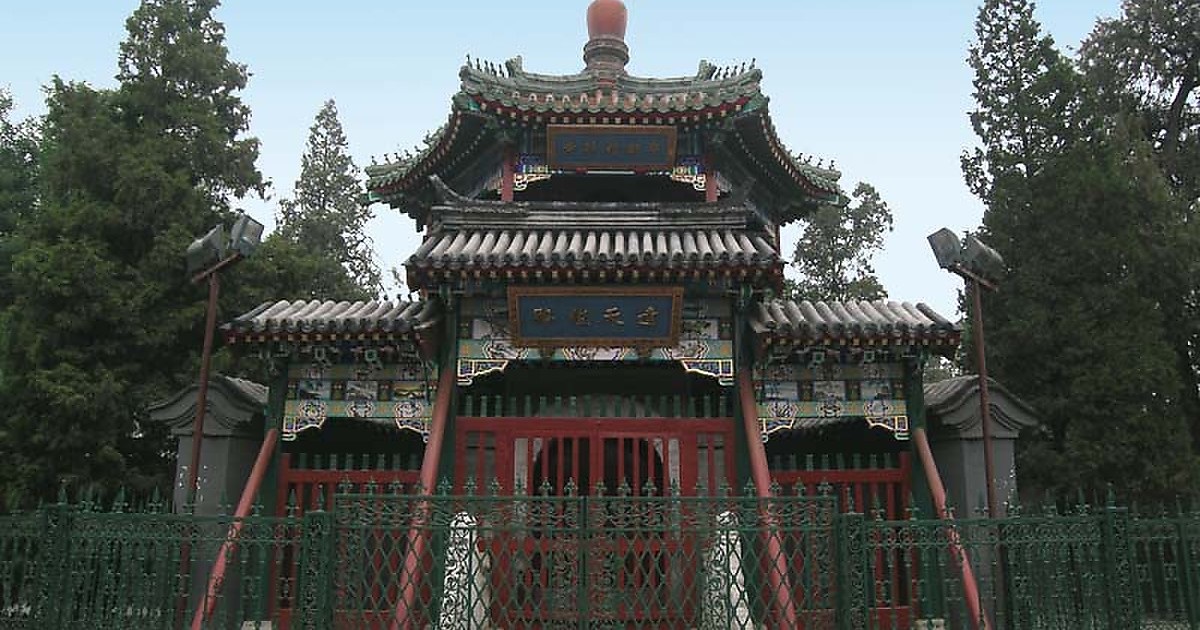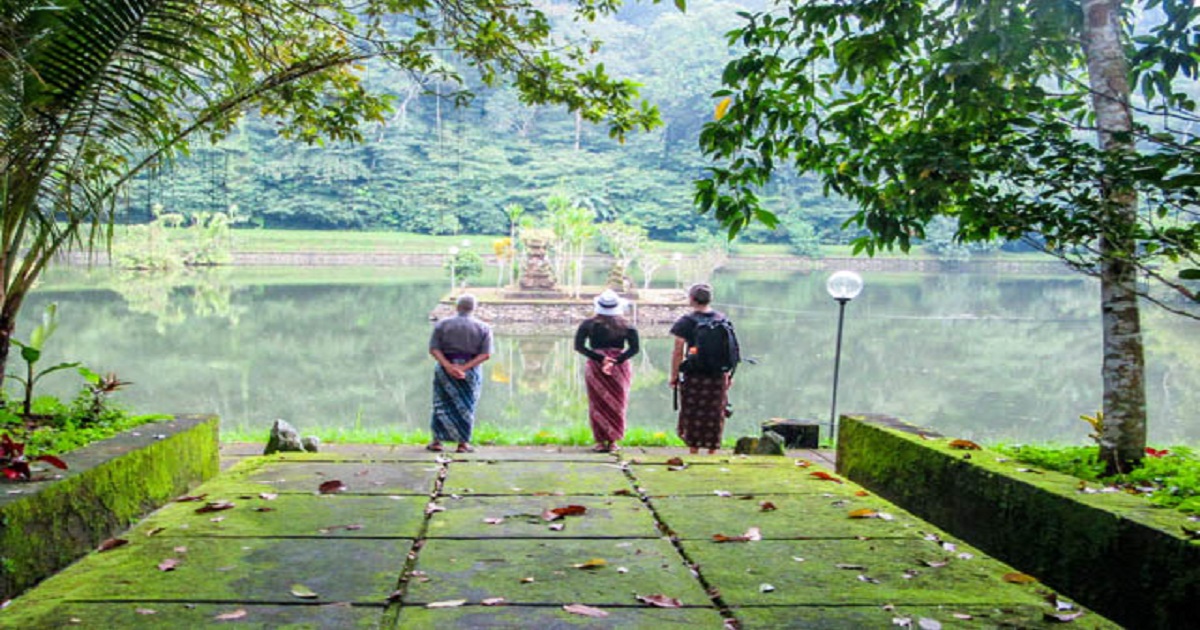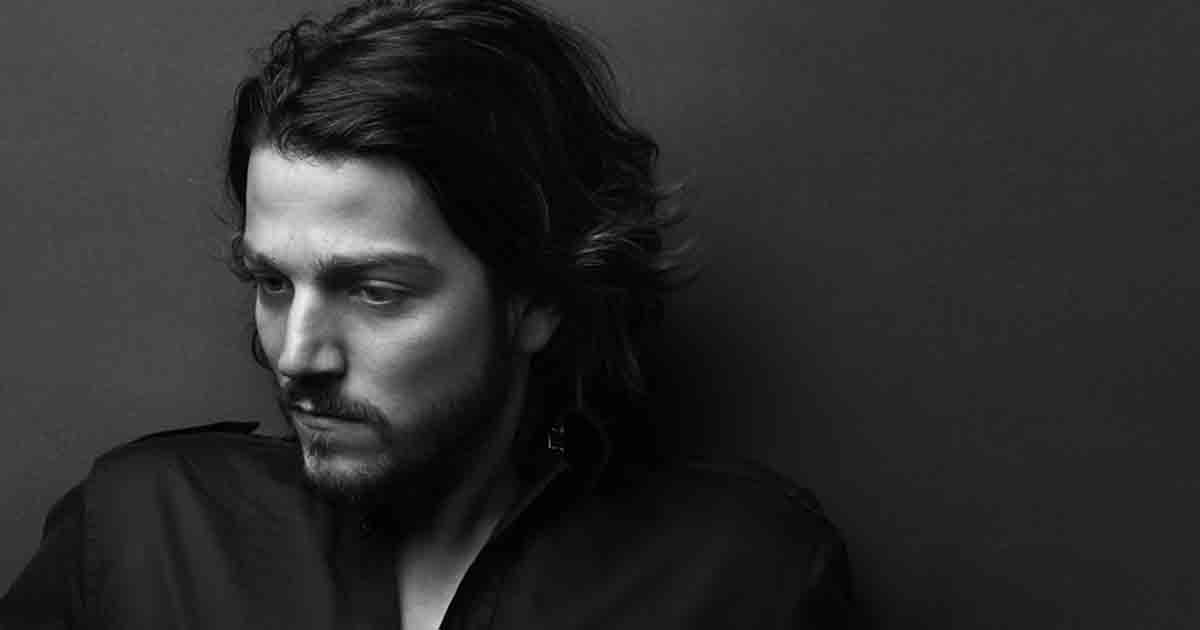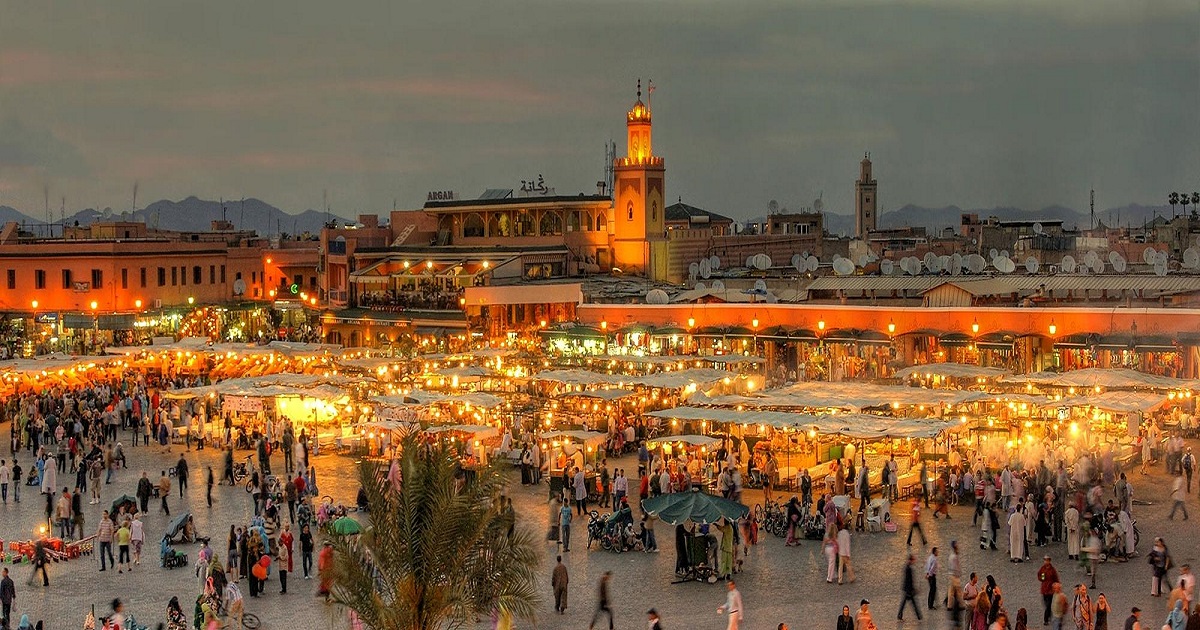Today there are over 21 million muslims and 39,000 mosques in China. With the spread of Islam during the 10th century, the earliest mosque could be traced back to Niujie Mosque which was built over 1,000 years ago. More and more mosques were being built in Beijing to make it easier for Muslims in Beijing to practice their faith. Muslims from all over the world who travel to China must visit these mosques because these mosques have their own rich history and the architecture and design reflect another period in time.
Do remember when visiting these mosques, proper dress etiquette is required. There would be no admittance if you are wearing shorts or a skirt. In most mosques, visitors are free to walk around the area but admittance to the Prayer Hall is limited to Muslims only. Charging fees are also subject to the mosque administration. If you are looking for Halal food in Beijing, Ox Street has a selection of street food and restaurants unique to the Muslim community in China. Download the mobile app www.nuflit.com/app to find a local to help you around.
1. Niujie Mosque

The Niujie Mosque, located in the Xuanwu District is the largest and oldest mosque in Beijing. It was originally built in 996 during the Liao Dynasty and was reconstructed and renovated in successive dynasties. Niu Jie Mosque is located in the largest muslim community in Beijing with over 300,000 or so Muslims.
The Niujie Mosque, build from timber, takes an area of approximately 10,000 square meters. Its architecture is a blend of Islamic and Han Chinese cultural and architectural influences. The construction is influenced by both Islamic and Han architecture, which makes the exterior resemble a Buddhist temple. The interior sections are decorated with Islamic calligraphy and Chinese writings too. Part of what makes the Niujie Mosque interesting is the architectural style and mix of colours.
2. Dewai Mosque
Dewai Mosque is also known as Beijing Fayuan Mosque. It was originally constructed in late Ming and early Qing dynasties (1644-1911). The Dewai Mosque is a mix of Chinese architecture and Arabic Islamic architectural style. It covers a total area of 1,800 square meters and a constructed area of 1,148 square meters. The temple reflects classical Chinese architectural style, which is quaint, dignified, and beautiful. This mosque is a place where Muslims in the community and Muslim travellers who are passing through go to, to pray.
3. Nan Douya Mosque
Nan Douya Mosque was originally constructed during the Qing Dynasty (1644-19111). This mosque mainly serves the Hui community that lives in the area, but it now receives thousands of foreigners each year. The Nan Douya Mosque has no entrance fee but it encourages donations from visitors. This mosque is mostly visited by the Chinese Muslims in the Hui Muslim community to pray.
4. Madian Mosque
The Madian mosque located in the Madian South Village in the Haidian District covers 3800 square metres and is constructed in the style of a traditional Chinese courtyard. It was built during the Qing Dynasty by Emperor Kangxi in 1662 for the Hui Muslim community, the Madian area is still one the largest communities of Muslims in Beijing. Historically, the Madian area has been inhabited by numerous Muslims, another big Muslim community after the Niujie community.
The stele on the south side is marked with the striking sign of "Ren Zhu Du Yi." The stele of the north side was created during the Daoguang period (1821-1580) of the Qing Dynasty (1644-1911). In the prayer hall, a variety of tablets engraved in Arabic hang on the walls.
5. Jinshifang Street Mosque
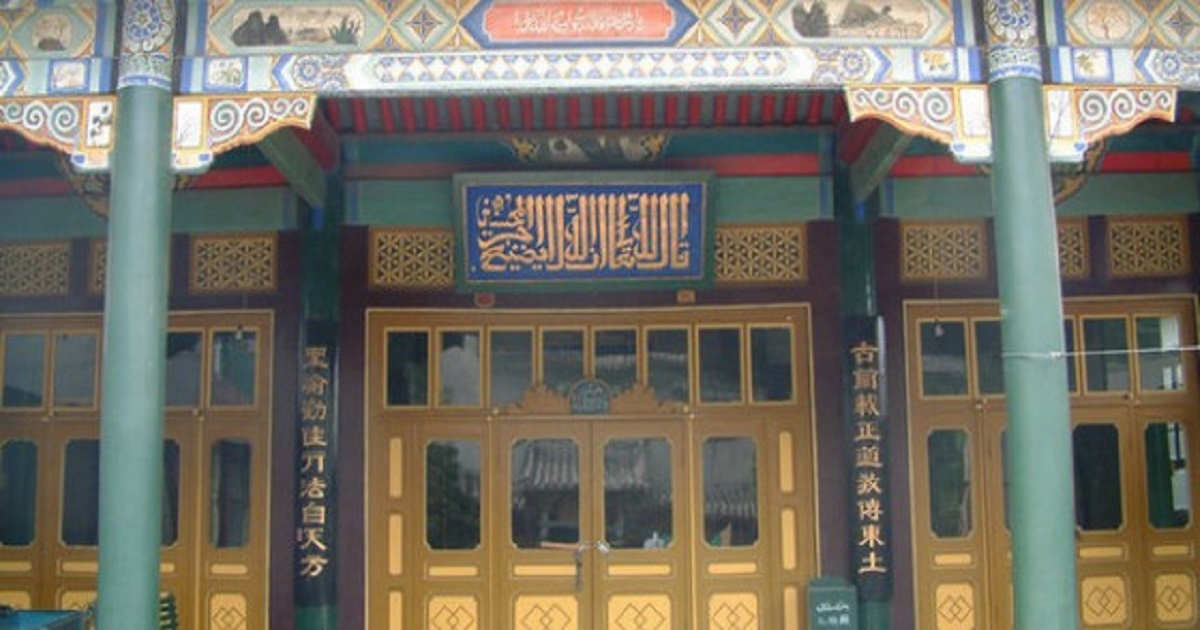
The Jinshifang Street Mosque was built during the reign of emperor Xuande during the Ming Dynasty. It has since been rebuilt and renovated several times. The architecture of the mosque resembles a classic Chinese palace of the Ming Dynasty style and is considered one of the four most important mosques in Beijing. Jinshifang Street Mosque is named after the street in the west of Beijing where the mosque is located. The mosque is also known as “Pushou Mosque”. There are over 2500 muslim households of over 11,000 muslims using the mosque. There are over 150 rolls of Arabic classics and over 100 Persian rolls of classics. The Xicheng Muslim Association is located inside the Mosque.
BLOG COMMENTS POWERED BY DISQUS

